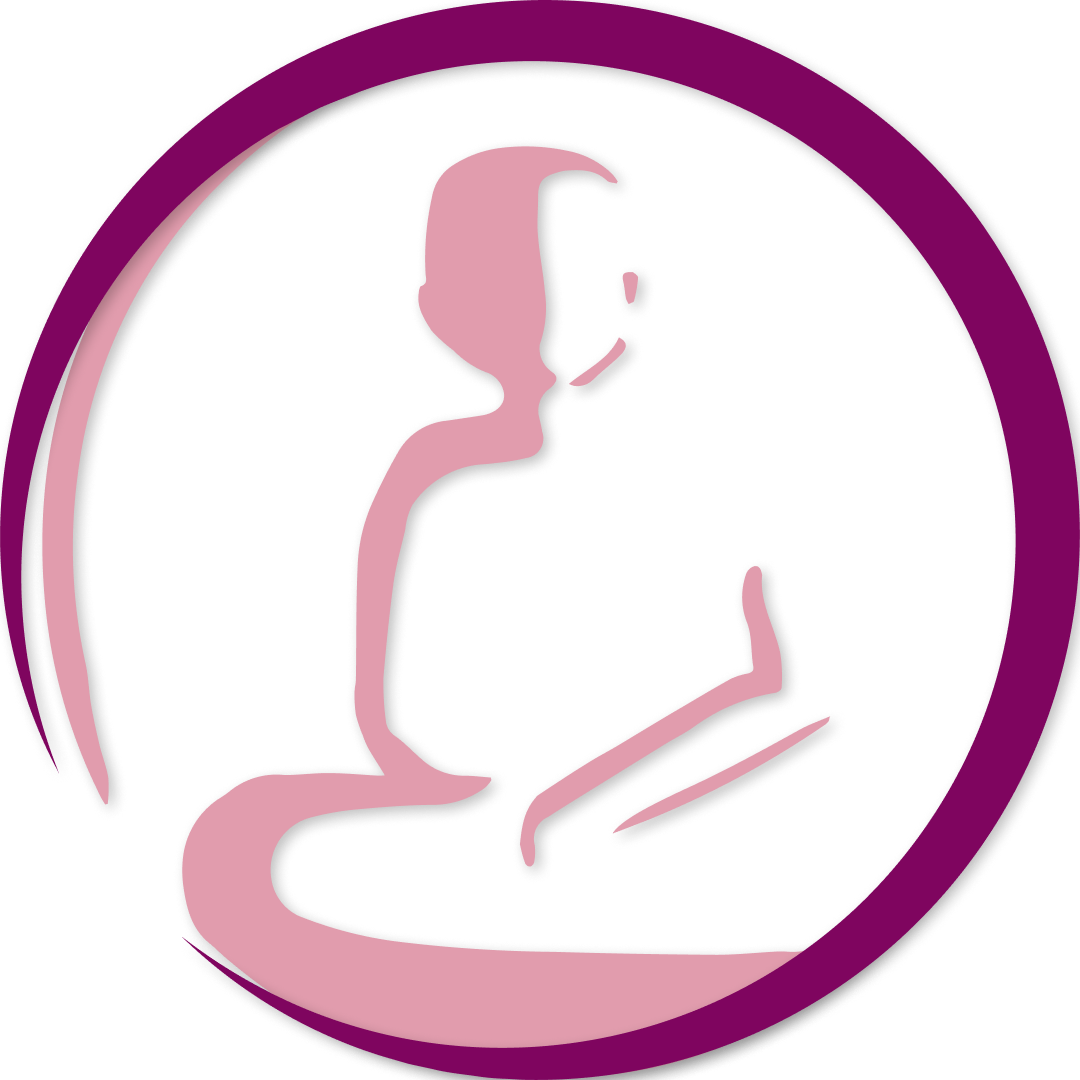What are we practicing? What are we teaching?
DISCLAIMER: I reserve the right to change my mind, tweak, alter and utterly contradict the views expressed in this newsletter at any time that seems appropriate :-).
Years ago, upon discovering I was a yoga teacher, everyone from friends to perfect strangers would respond with, "wow you must be so flexible". However, as yoga became increasingly part of society that trite response has morphed into "what kind/style of yoga do you teach?". To be honest this question makes me cringe, mainly because I don't have an answer. Most of the time I just respond that I teach "Hatha Yoga" which is usually not a very satisfying answer for whoever posed the question. Instead of branding my "style" with a name, I have taken this lack of a clear answer and began to inquire into what exactly I am doing in front of my classroom every day.
In order to do this I had to come up with a usable and personal definition of Hatha Yoga:
"Hatha Yoga is the practice of manipulating the experience of the body in order to move towards a balanced state."
I have contemplated this statement and despite the negative connotation given to the word "manipulate", I find that is the most accurate description of my asana and pranayama practice. Once a sense of balance has been glimpsed then we can start to explore our direct experience, which is were the study and practice of meditation comes in (more on that distinction in a future newsletter)
To apply this to the classroom, I believe that my job as a yoga teacher is to teach people how to practice on their own and then to be available as a resource when they need assistance in their personal exploration of yoga. While this is a truly awful business model, it echoes the relationship I have with my teachers and feels more organic than trying to convince people that my style is somehow more profound. Of course, having a method of practice is not a bad thing at all. The tension arises when the method no longer works and we have to let it go. If teachers adhere to a style, lineage or method too tightly it makes the above endeavor very difficult. In order to be helpful to the student (and myself at times) I have to be willing the throw out the rules when the situation calls for it.
Have I perfectly enacted this philosophy? No, of course not. One of my first teachers, Cyndi Lee, used to always stress that teaching yoga is a practice unto itself. It will always be evolving, always changing based on my practice, and the students who are in front of me at the moment.
Thank you very much for reading, and I look forward to seeing you on the mat!
